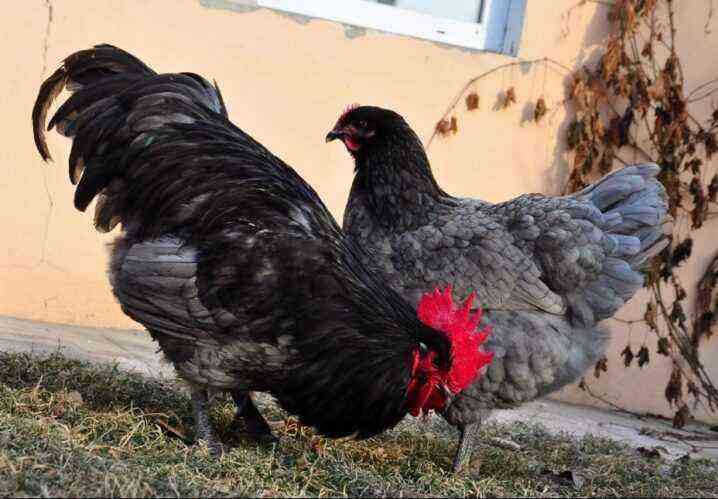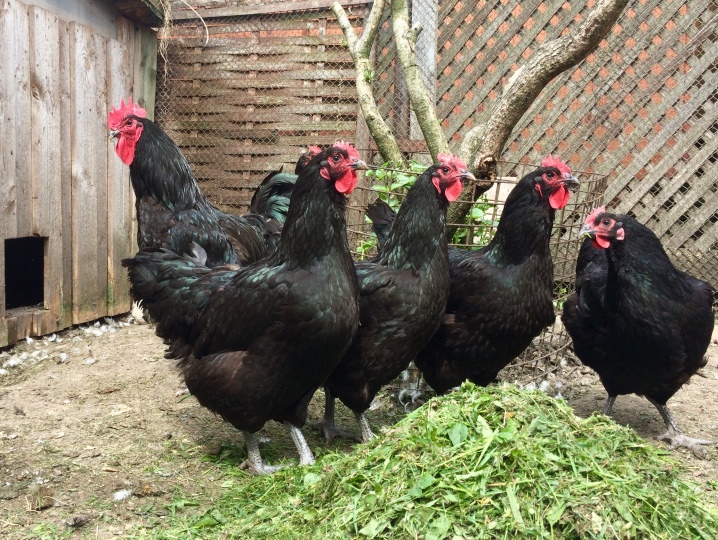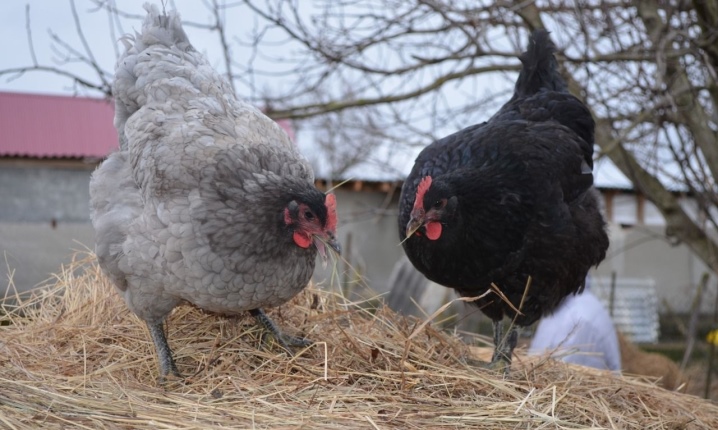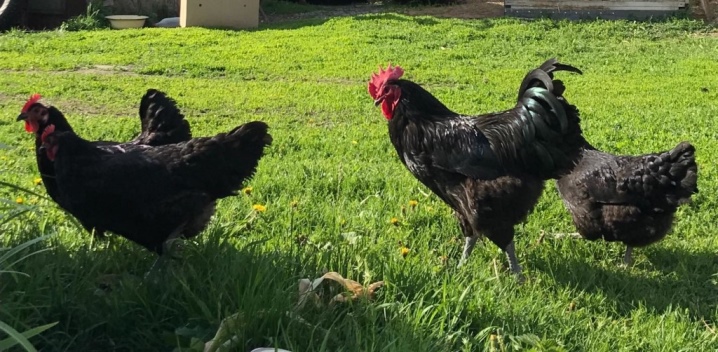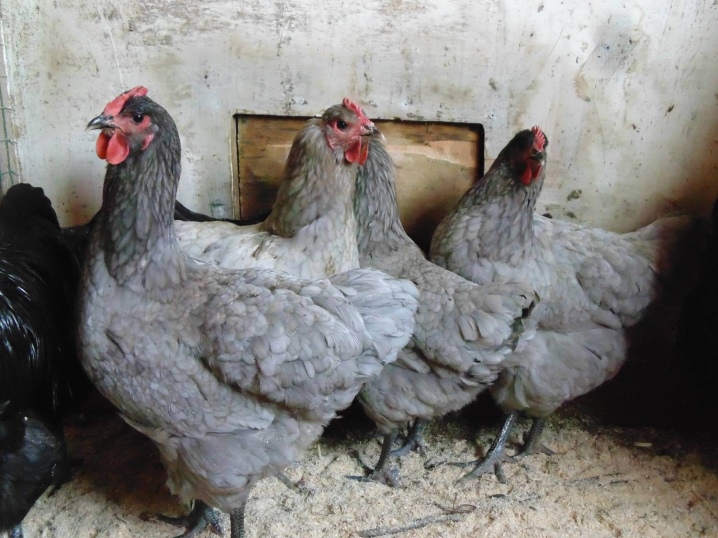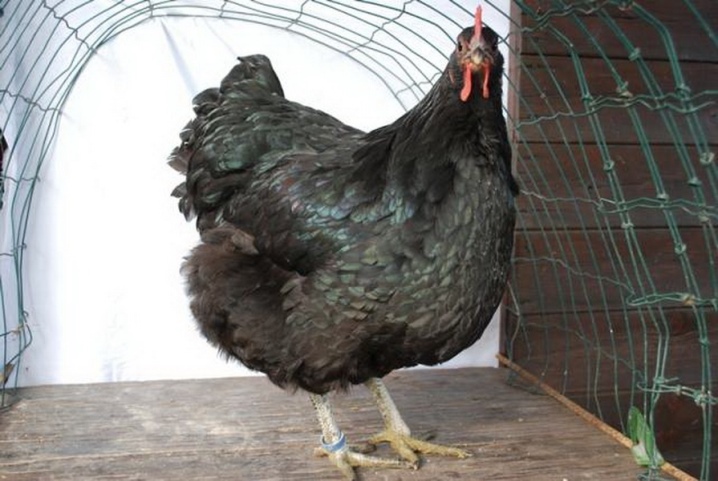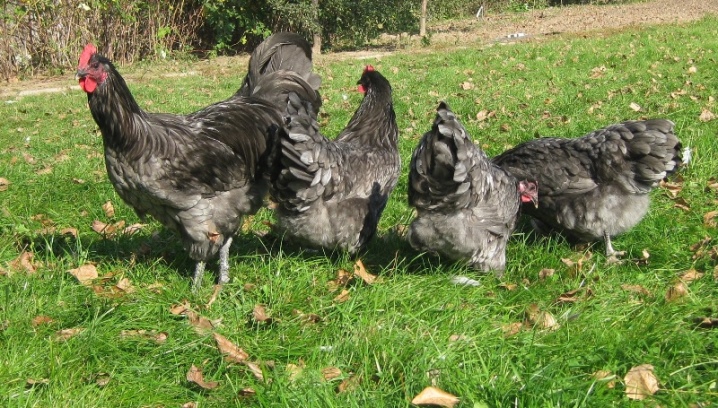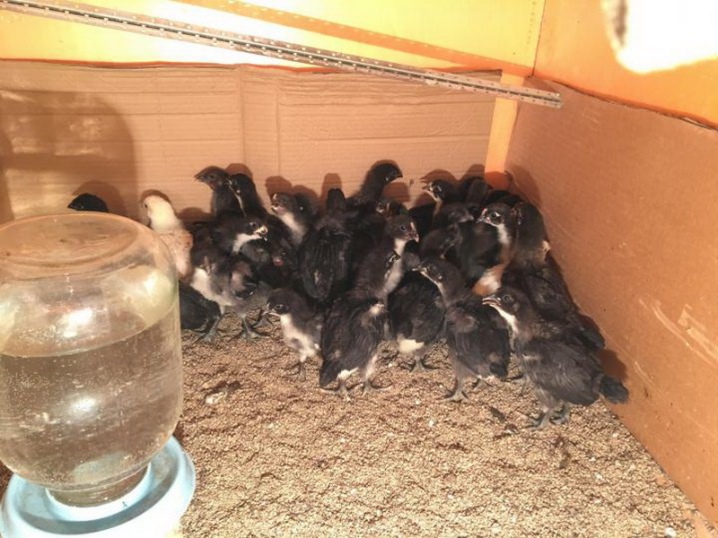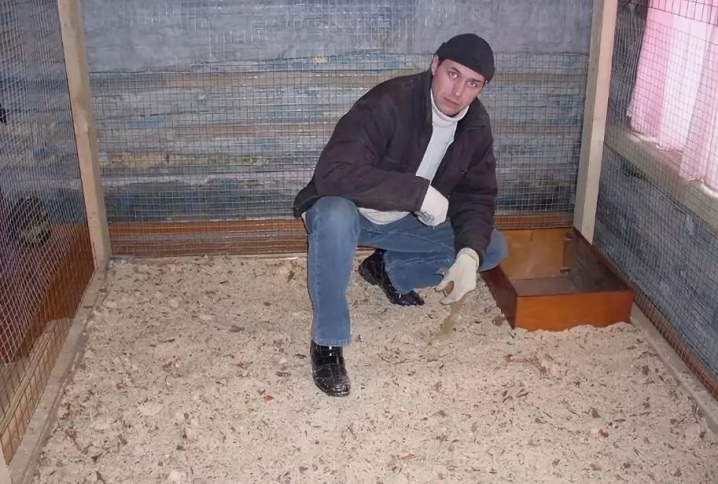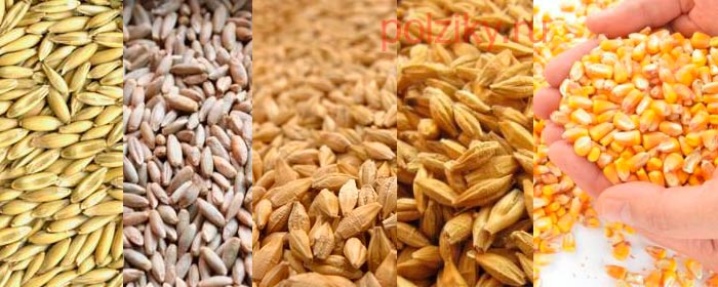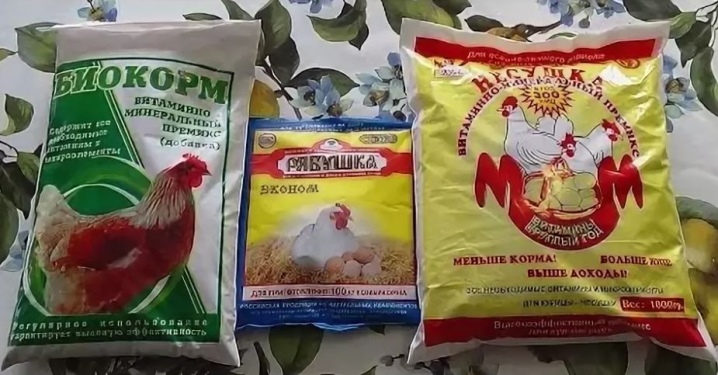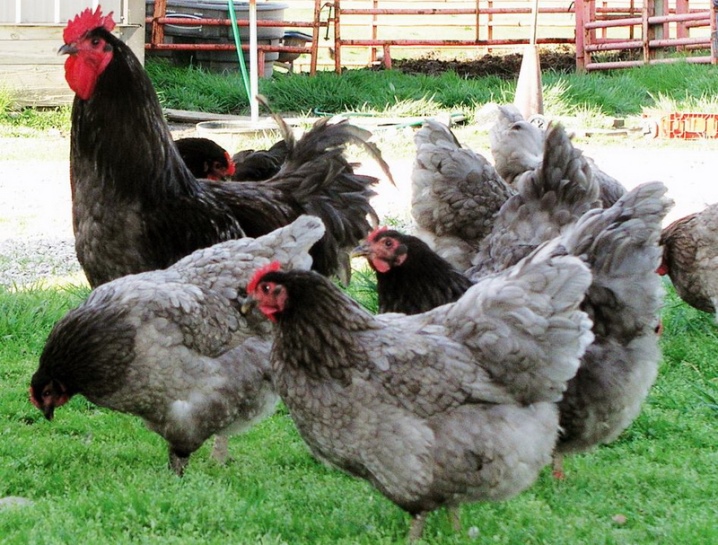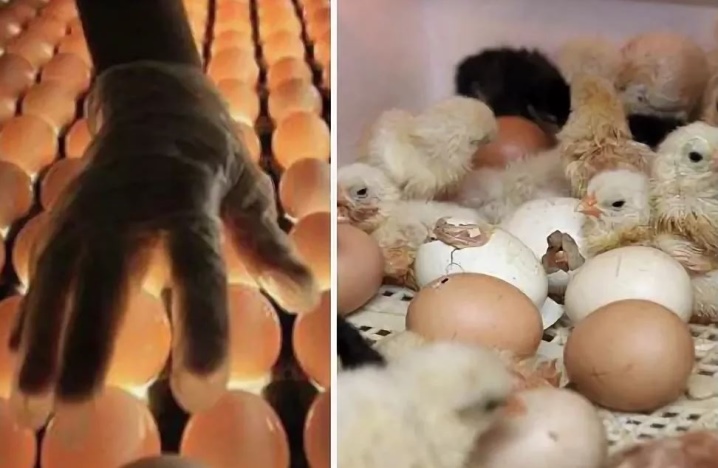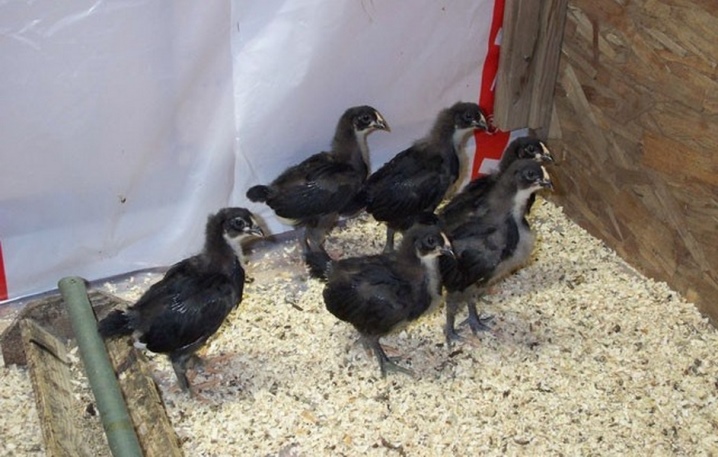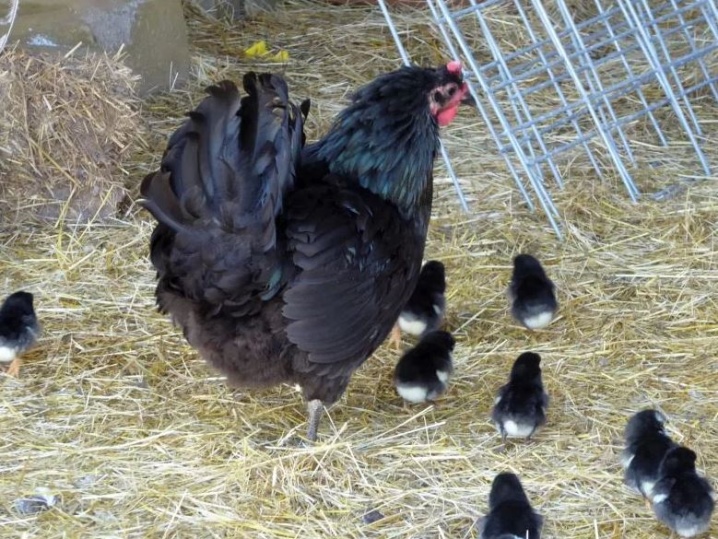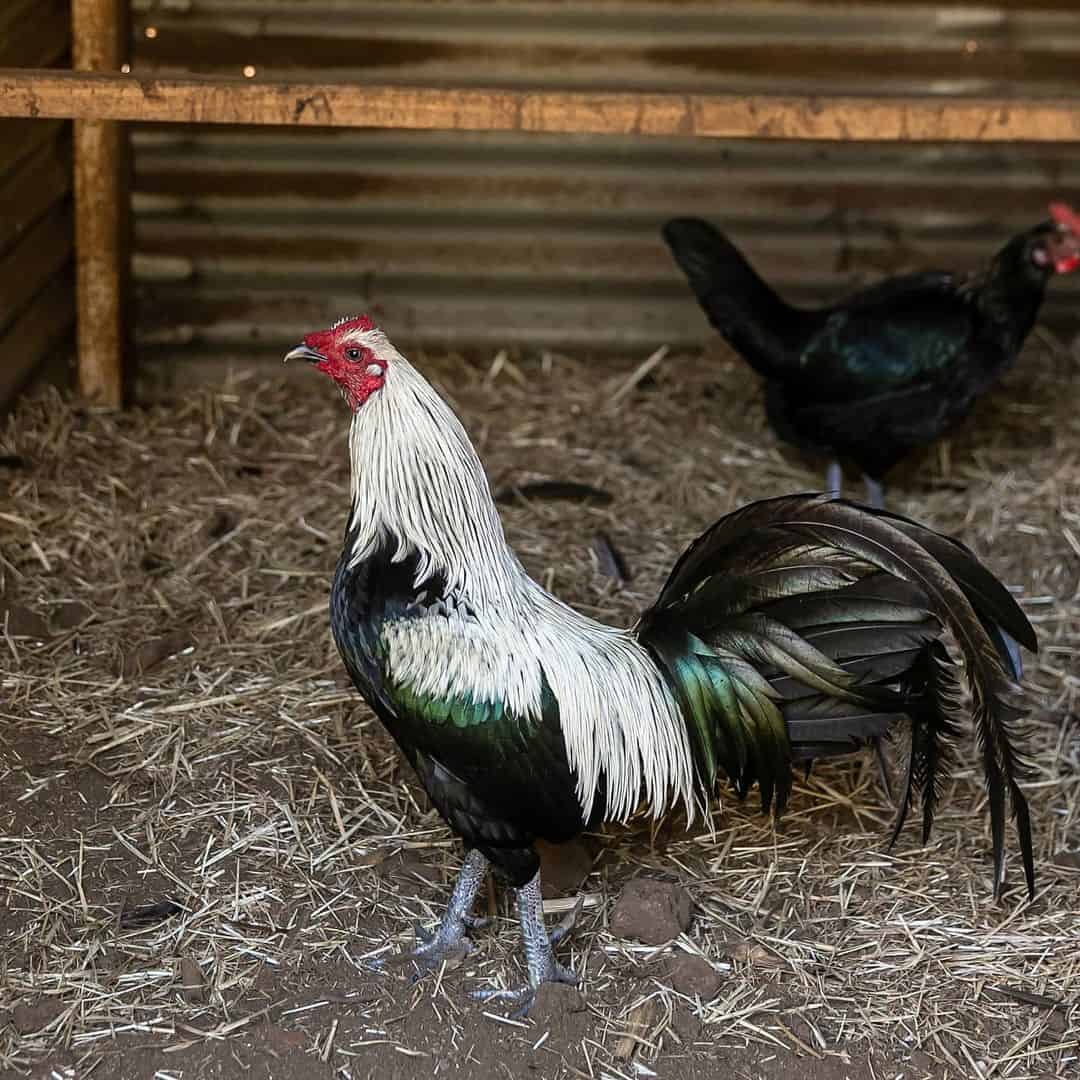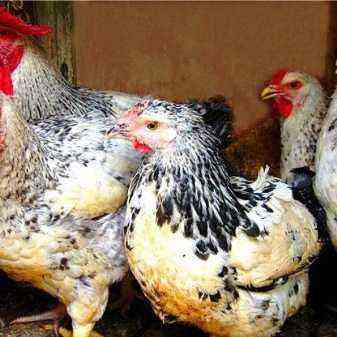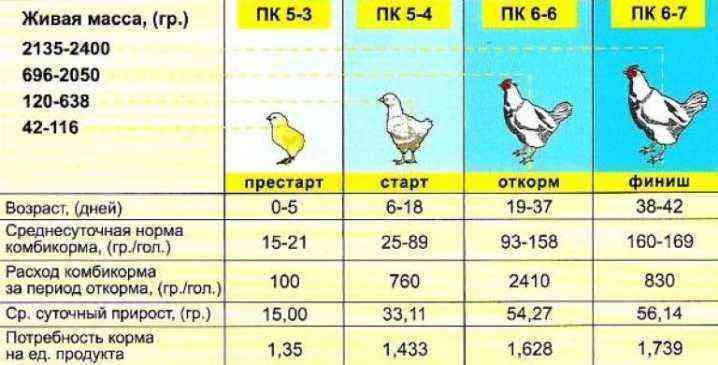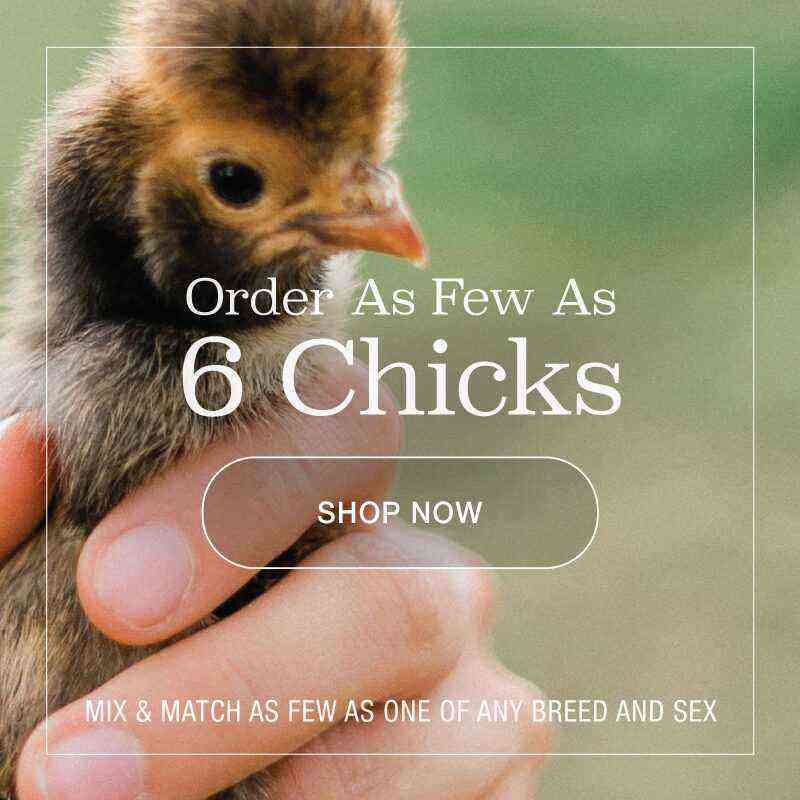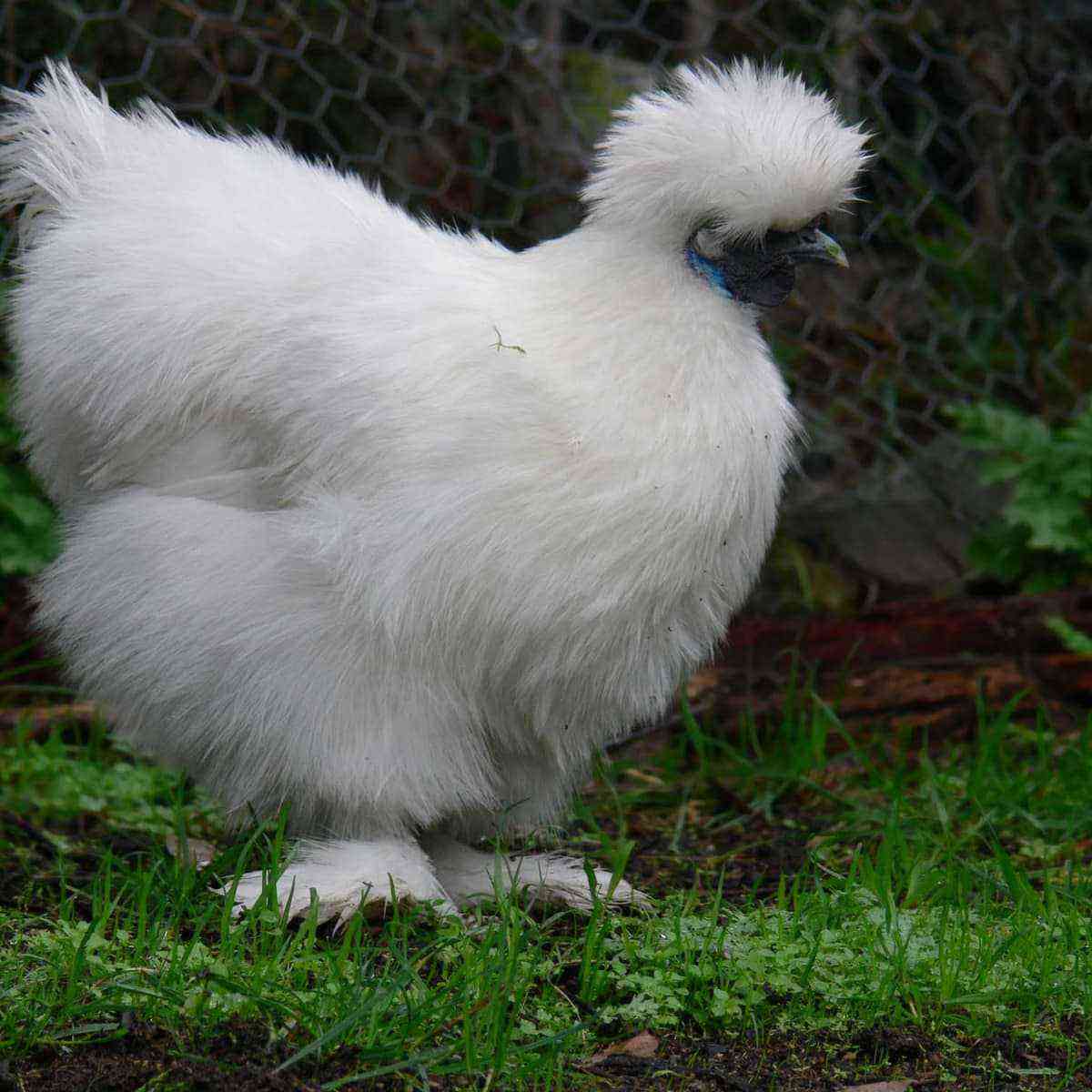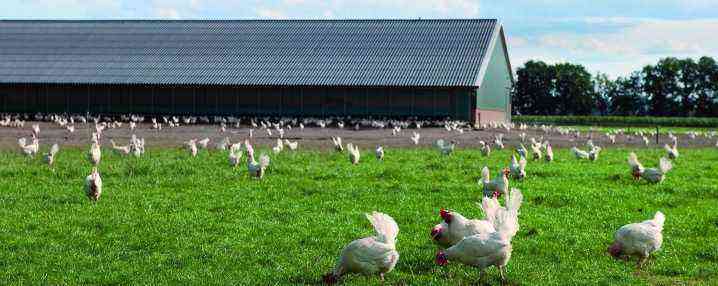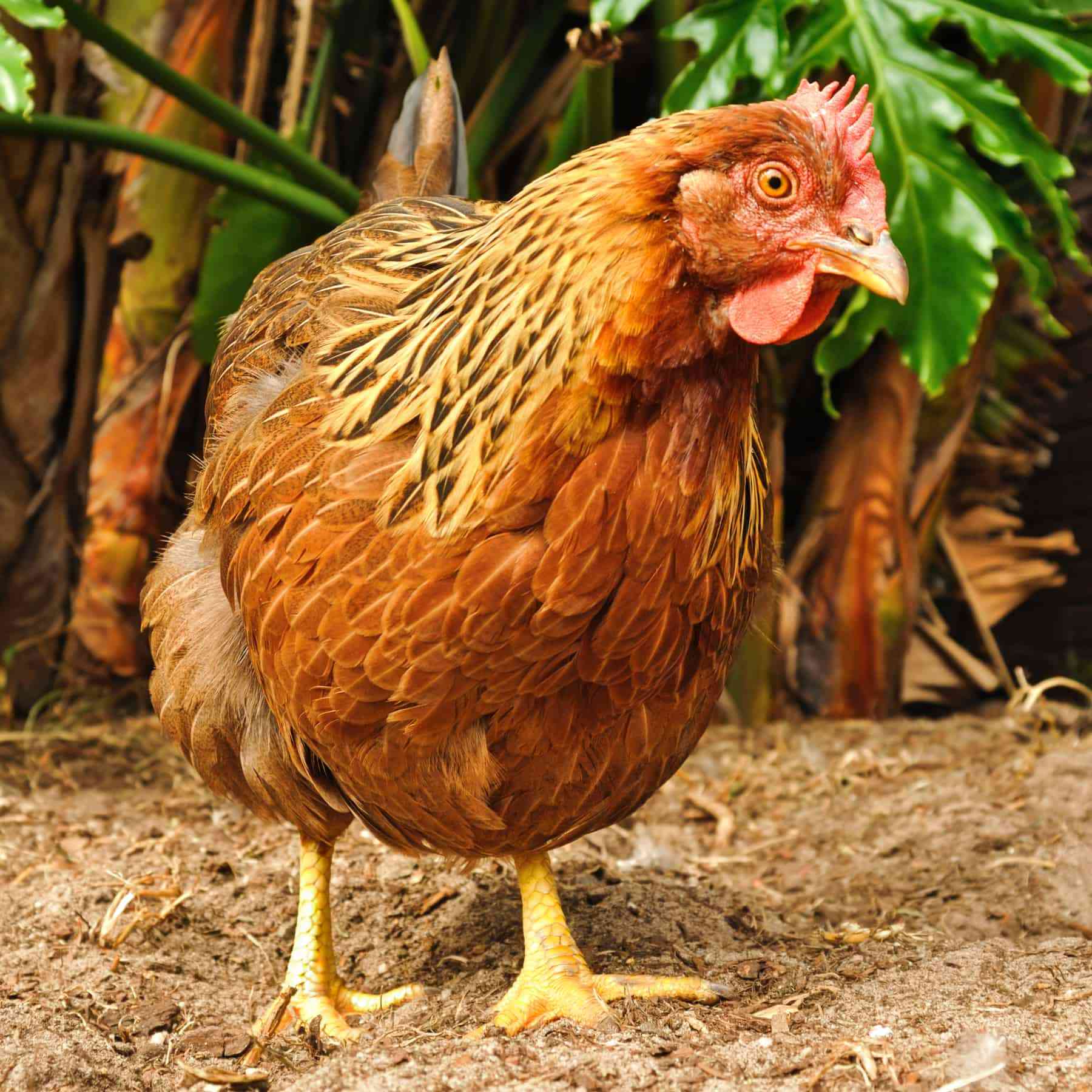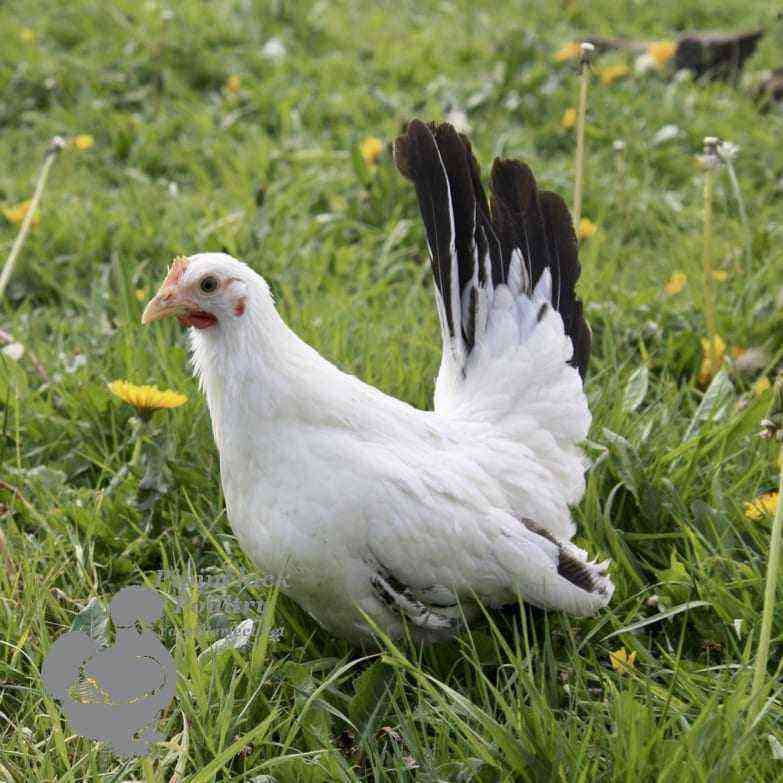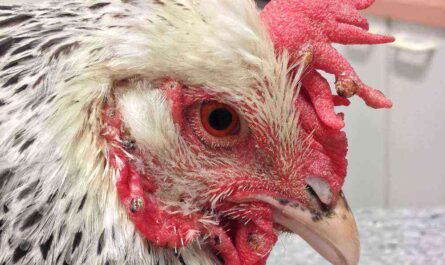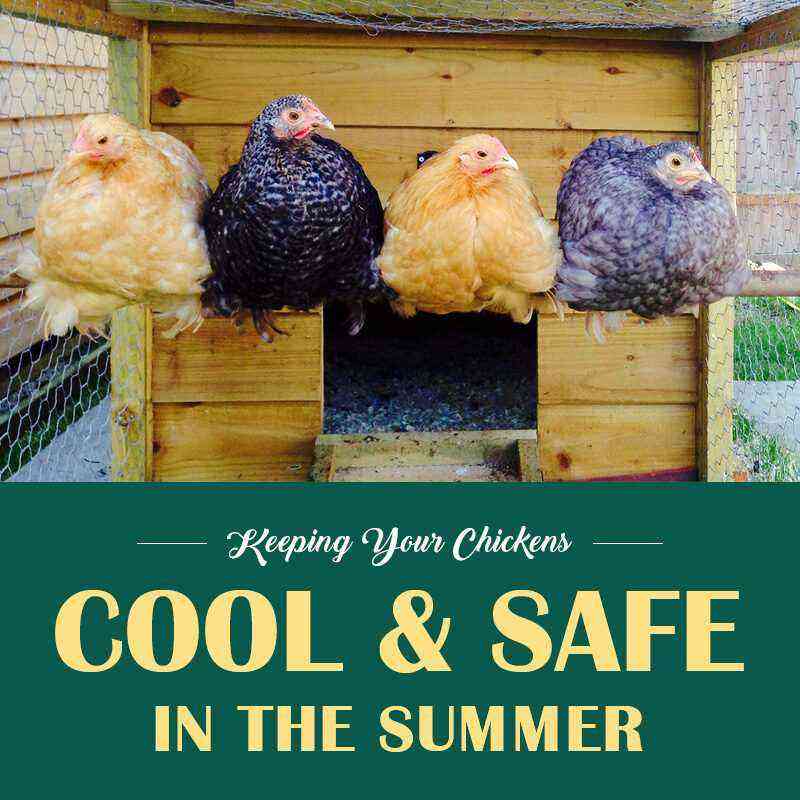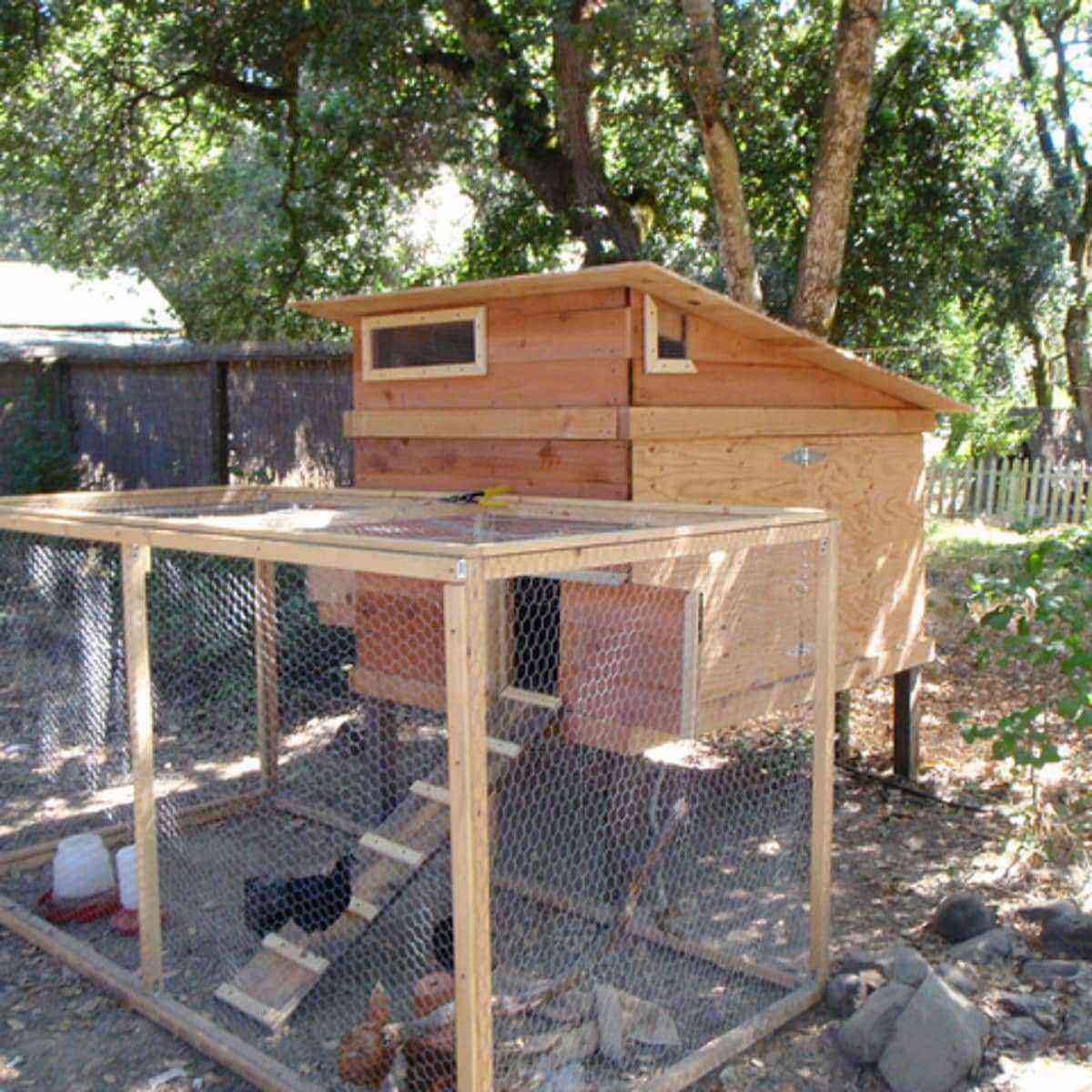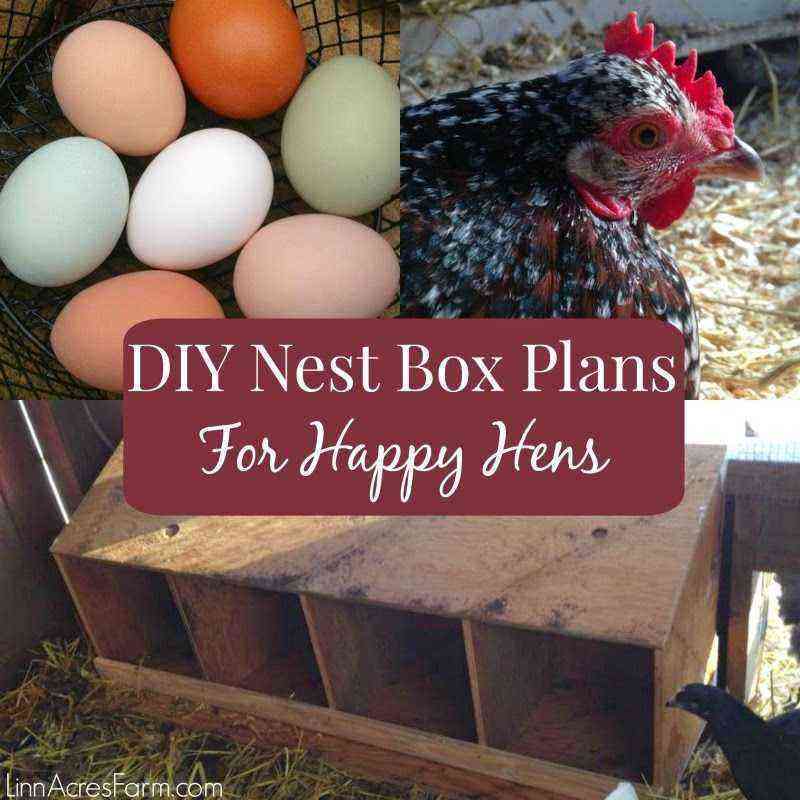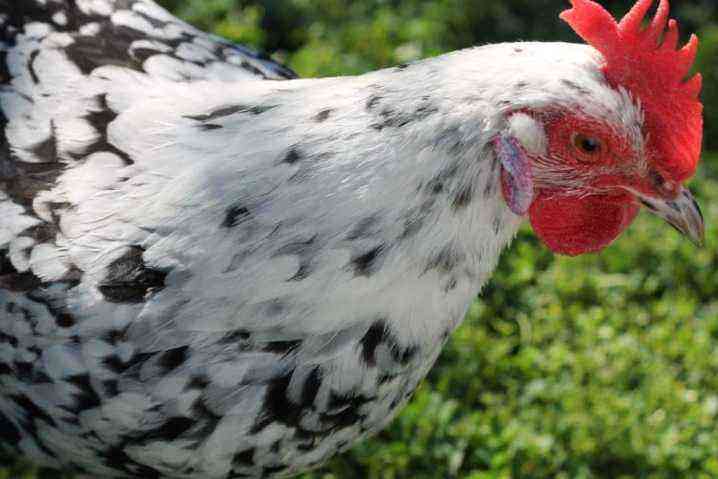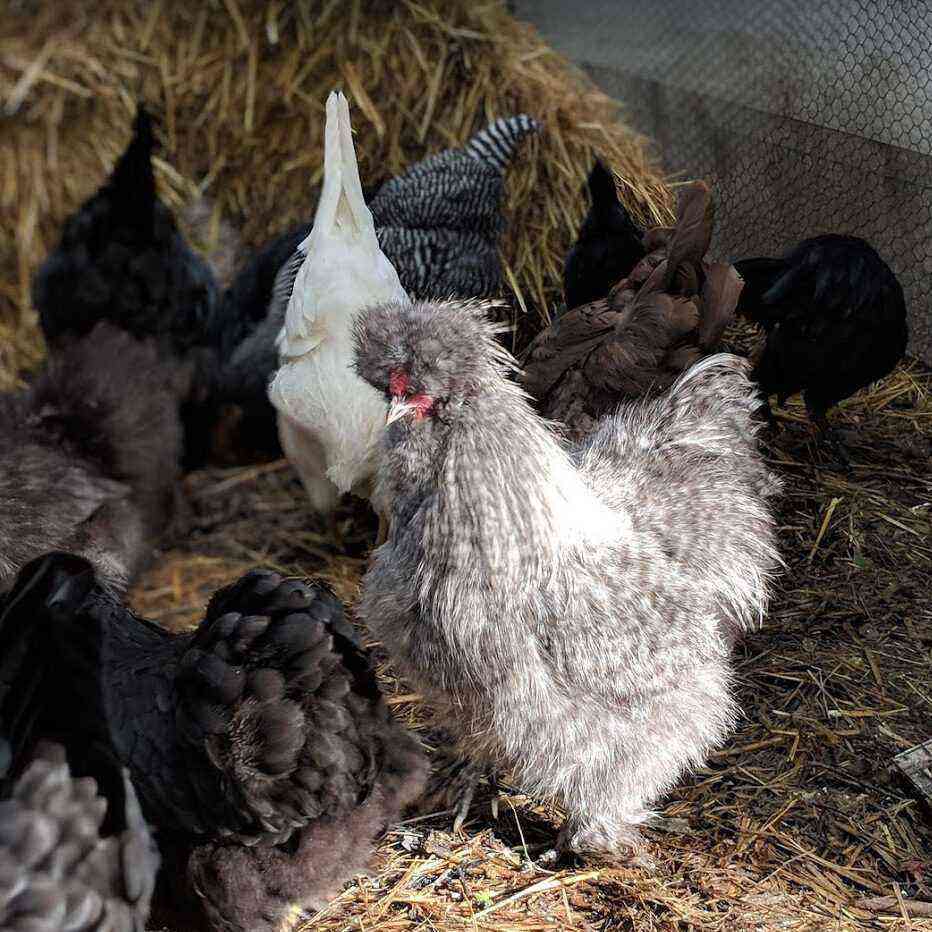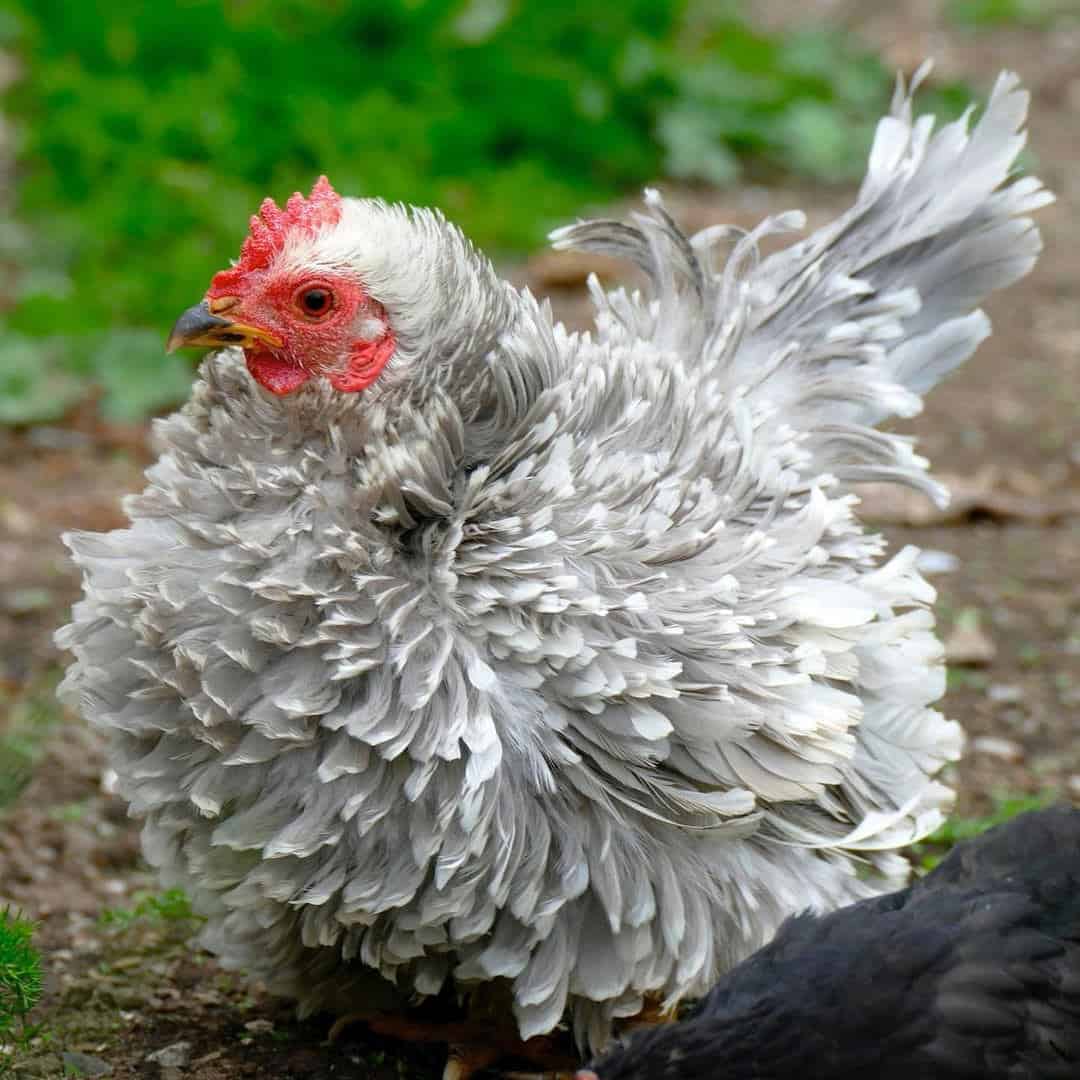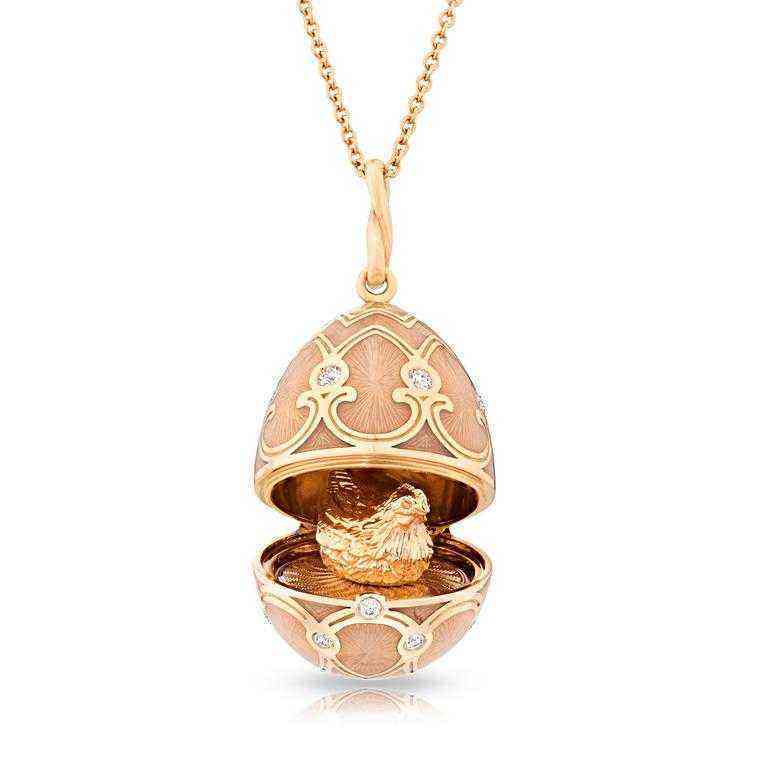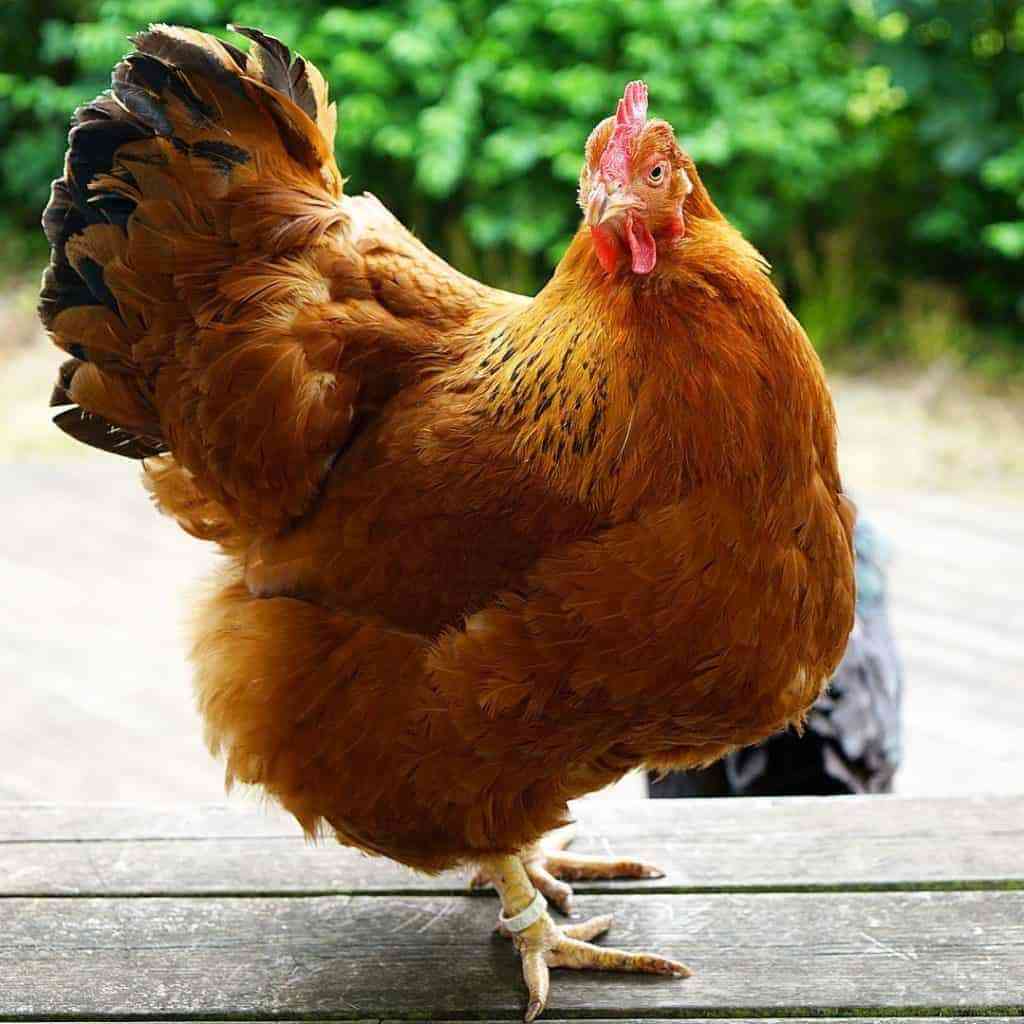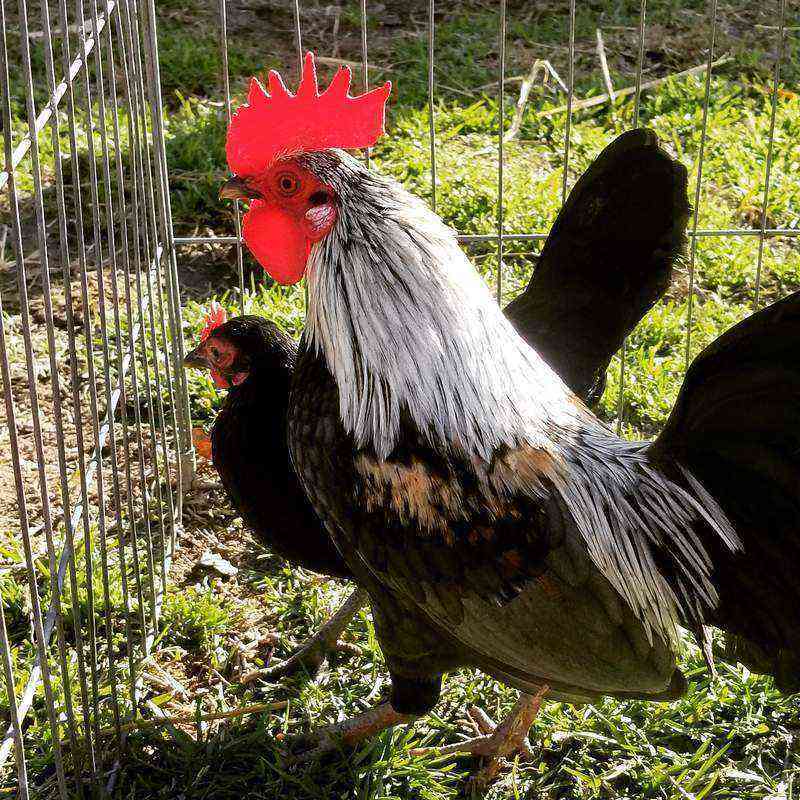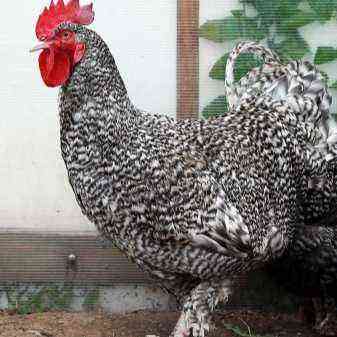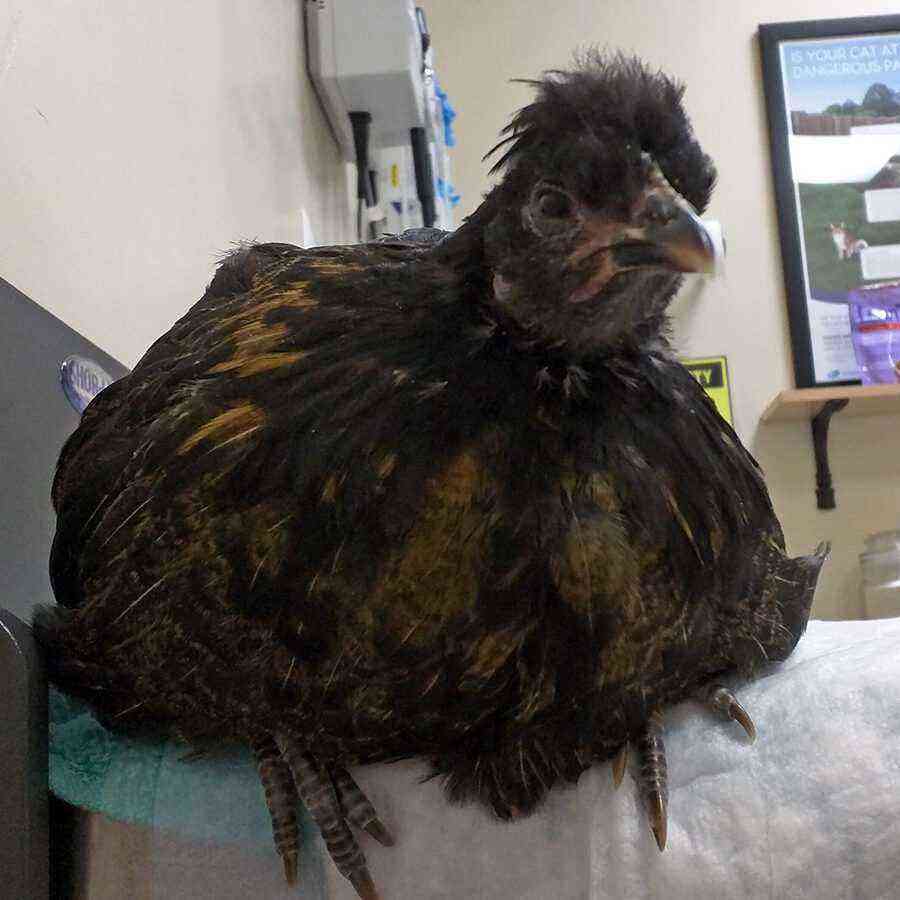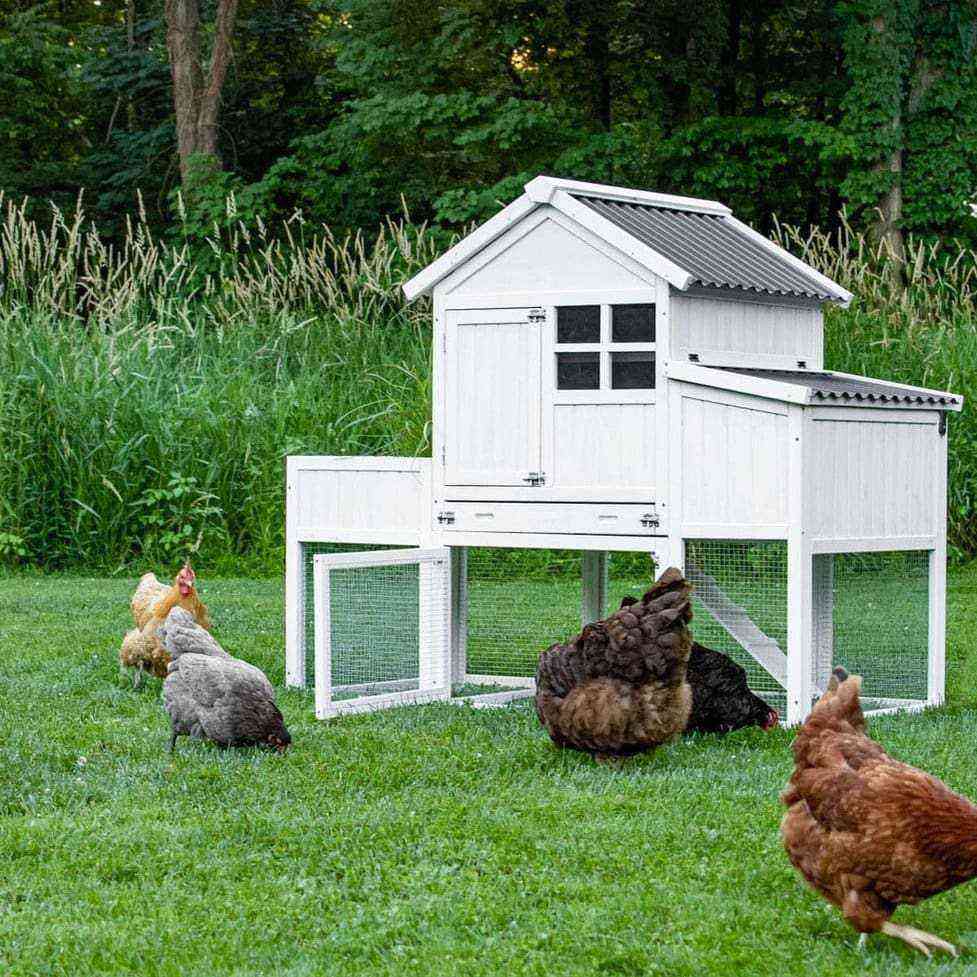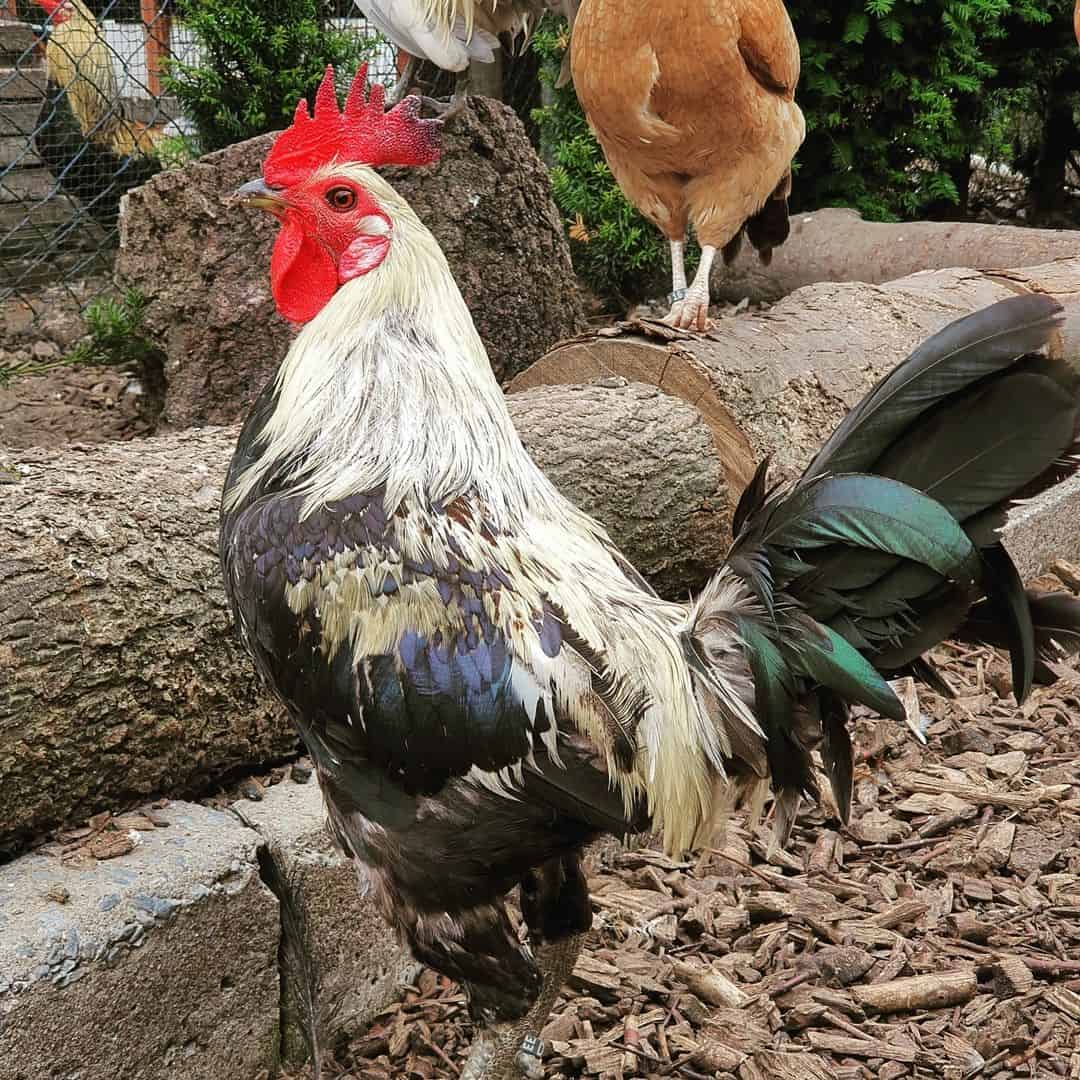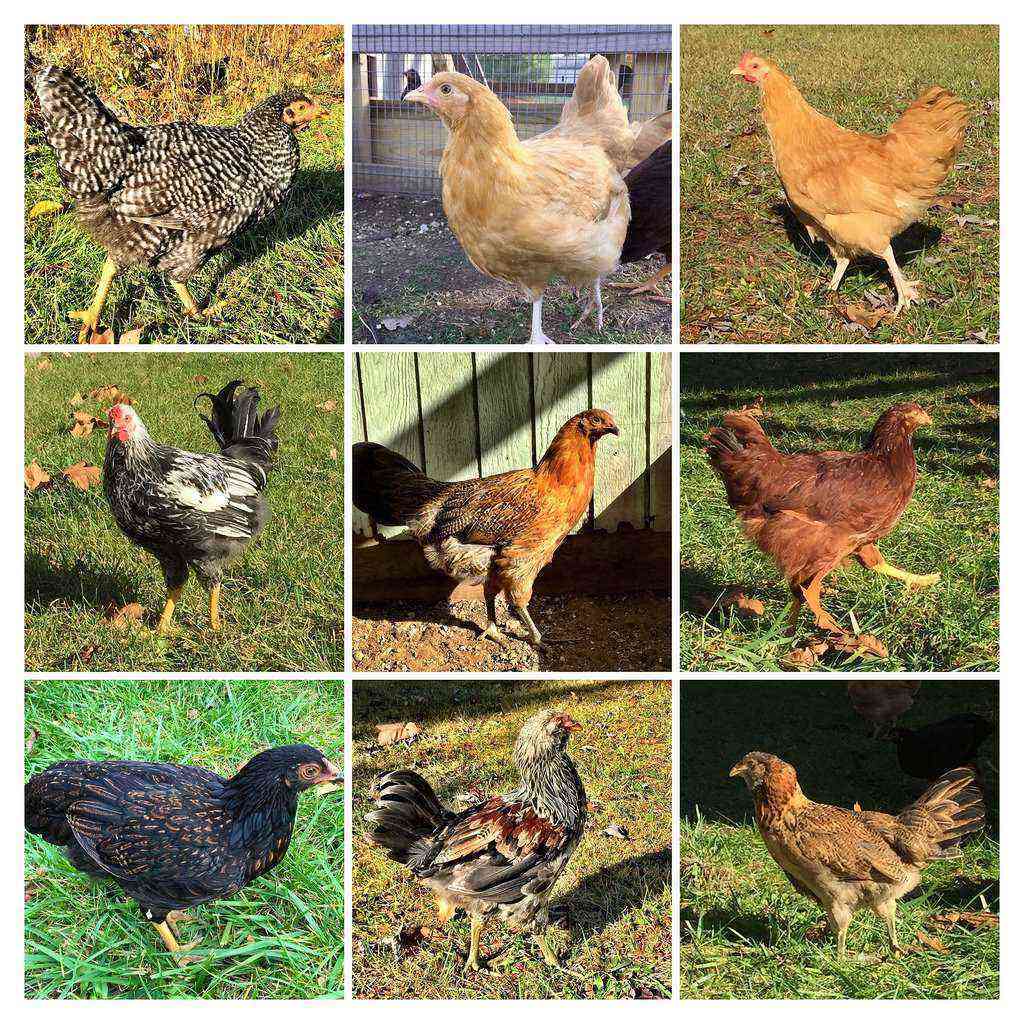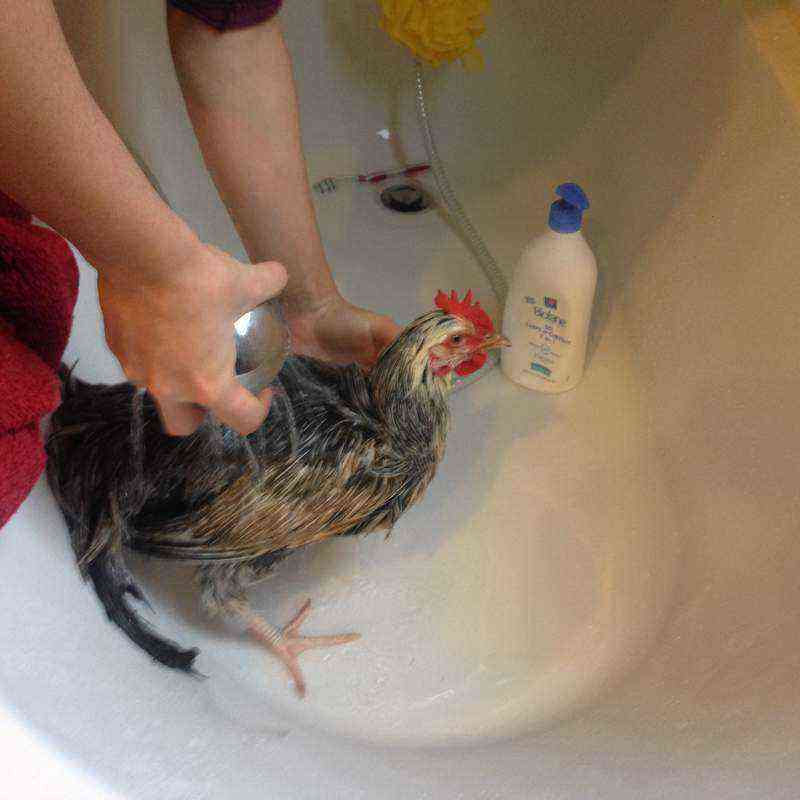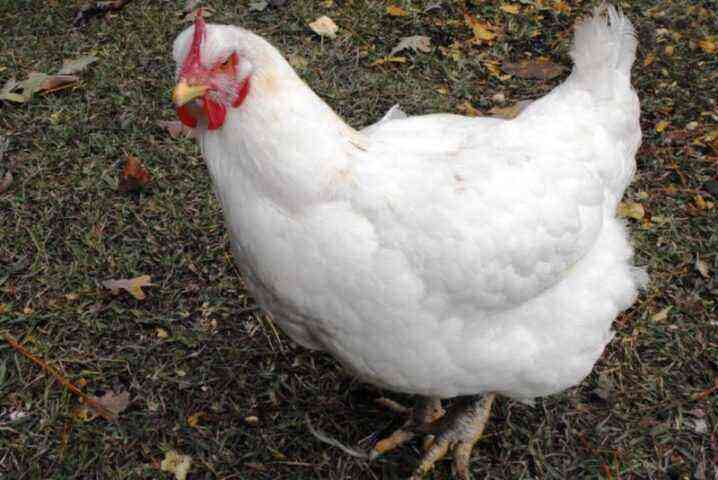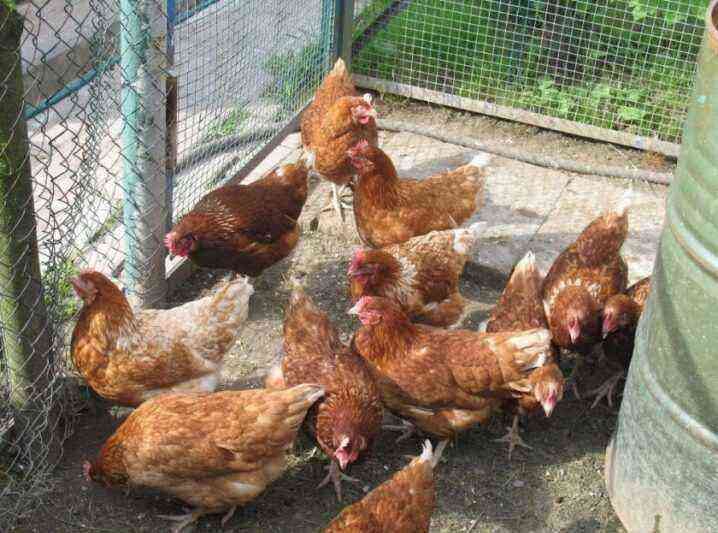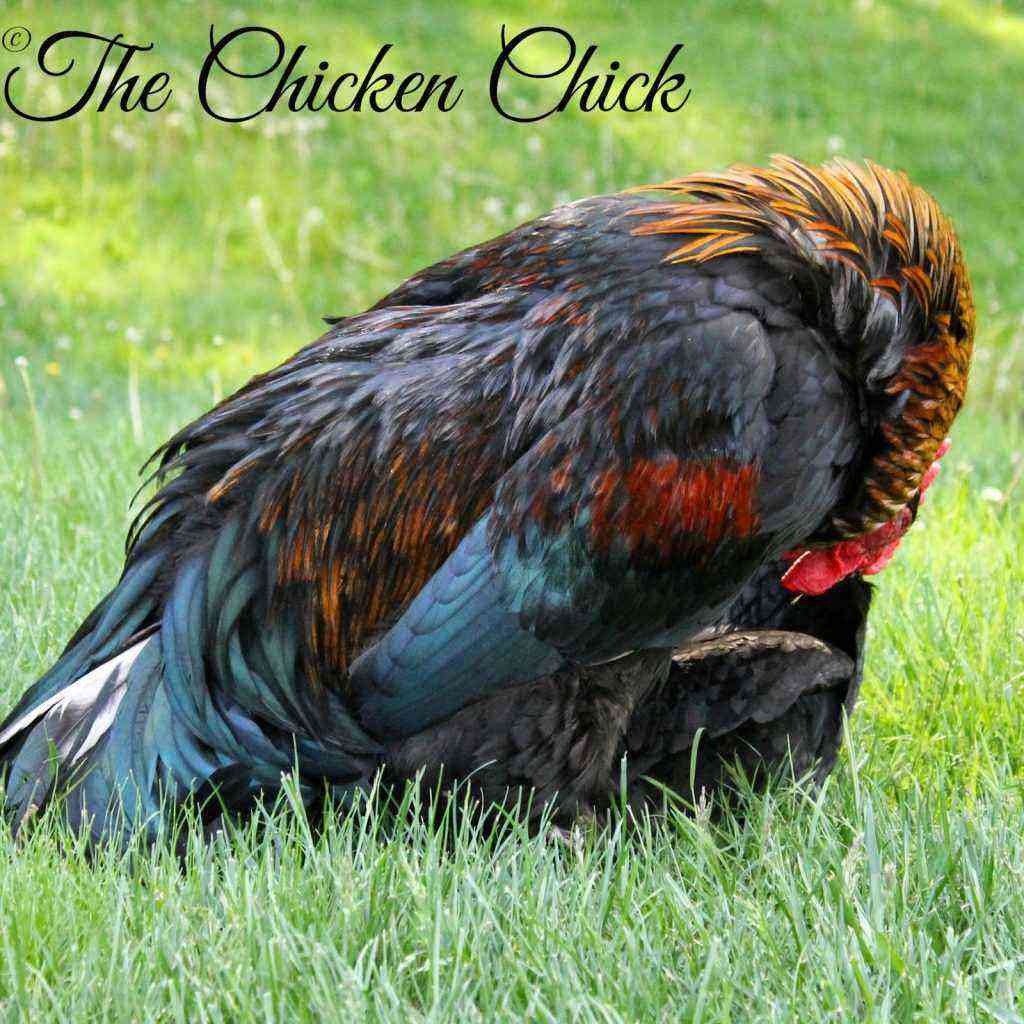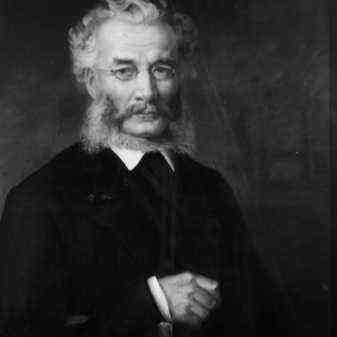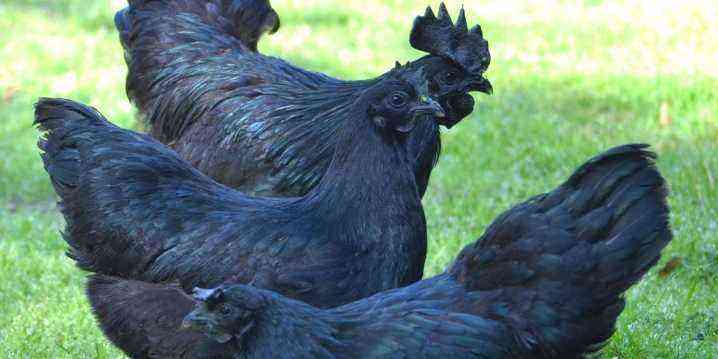Chickens have long occupied a leading position in large farms and in private backyards. Therefore, today there are several dozen breeds of these birds suitable for breeding in order to obtain meat and egg products. Among the artificially bred breeds, it is worth highlighting the Jersey giant, which is distinguished by the quality and quantity of its meat and egg production.
Description
A breed of chickens whose breeding history does not exceed hundreds of years, in the light of which, bird breeders distinguish it as young and developing. The Jersey Giant is native to America. There are two versions about the creators of the breed, most often among the names of breeders you can find Dexter Uham from the state of New Jersey. Due to the place of his work, these birds were named. However, there is a version that another scientist in Burleygton County worked on getting large chickens, who crossed birds of impressive size with a dark plumage color.
Despite some inaccuracies and variations in versions of the origin, the Jersey breed subsequently became quite popular, and also took a leading position among individuals grown for the purpose of obtaining meat products. Chickens of this breed are not remarkable for their large mass, as a rule, their weight varies between 3,5-4 kilograms, however, roosters can grow up to 6-7 kilograms, as a result of which they look like rather large birds in a courtyard or farm.
Jersey giants do not have any characteristic external features that will distinguish them from the general mass of birds of other breeds, if size is not taken into account. Birds have an accommodating disposition, even though the distant ancestors of the giants are fighting cocks from India. In the first individuals of both sexes, the plumage was exclusively black; further selection work made it possible to obtain birds with a different color of feathers. In Europe, giants of white and blue were bred. Now, regarding Jersey chickens, there is a certain standard in color, according to which there are only three varieties of giants:
- black with a green tint;
- white;
- blue framed.
Birds are distinguished by a large, but at the same time proportional head with a crest of the correct form in the center, it will consist of 6 cloves. The beak is medium in length, well curved. The eyes are large, the color of the pupils is rich brown, there are individuals with black eyes. Earrings and lobes of hens are scarlet, rounded without folds. The color of the beak varies based on the color of the plumage of birds. So, in black chickens and roosters, it will be of a similar color with yellowness around the edge. In white individuals, the beak is colored yellow with veins, while in birds with blue plumage, the beak will be black.
The neck of the giants is elongated, the chest protrudes forward, the back is straight, located almost parallel to the floor, due to the fleshy thoracic region, the breed has a proud appearance. The wings do not stand out for their size, they fit well to the body, plumage of any color will shine in the sun and in the light of artificial lighting. The limbs are widely spaced, the legs are quite developed, the color of the legs of the bird also varies, taking into account the color of the plumage of giants. Black birds have a similar metatarsus color, blue birds will have the same limbs, white individuals will have yellow limbs.
The tail of birds is a kind of hallmark of the breed. It is set at 45 degrees relative to the back, there are long covering feathers and tail feathers in the tail, and small braids can also be observed in roosters. In females, the tail will stand at an angle of 30 degrees, the length of the feather will be shorter.
The main advantage of the breed is meatiness, which is achieved in a short time. Birds have a strong immune system. However, for rearing, breeders of Jersey giants will need to spend a lot of money on the purchase of feed, provide the birds with enough free space. The breed has inherent strengths and weaknesses that potential breeders should consider. The undoubted advantages of the breed include the following.
- Ease of breeding and care. Birds are very easy to keep free range. This will allow the farmer to save on the purchase of feed. Also, giants grow and develop well indoors without open-air cages on the street. Birds endure the peculiarities of Russian winters, but on condition that they are placed in an insulated chicken coop.
- The Jersey people have an accommodating disposition. This allows you to keep several breeds of meat and egg individuals, as well as contact giants without any problems.
- Chickens are distinguished by good incubation qualities.
- Birds gain weight and grow very quickly. This makes it possible to consider their cultivation profitable in order to obtain meat products.
Among the minuses it is worth noting:
- the tendency of laying hens to obesity;
- the need for free space for walking and in the chicken coop;
- decrease in the taste of meat in the process of growing individuals.
Productivity
The breed is characterized by rapid growth, as a rule, one-year-old roosters can weigh up to 4-5 kilograms. The peak of weight gain in giants occurs in the first six months of life, then the growth rate slows down, in light of which the profitability of keeping large birds for meat is low for breeders. For this reason, the bird is recommended to be slaughtered at 5-7 months. With good care, the weight of roosters at this point can be from 5 to 7 kilograms.
Chickens begin to lay at the age already at the age of six months, at this time the mass of laying hens is about 4 kilograms. The egg production of Jersey laying hens is at the level of 2 hundreds of eggs per year, their shells are usually colored brown and stand out for their strength.
Features of the content
For those breeders who plan to leave the birds for the winter to produce eggs, the Jersey Giants need to provide optimal living conditions. Unlike other breeds of chickens, birds will need an insulated chicken coop with the right and high-quality bedding, since the limbs of individuals will not be able to warm up sufficiently from body heat. For this, it is allowed to use straw, shavings, peat or moss. Sawdust is not recommended, as birds are happy to use wood.
In winter, birds will need to extend the daylight hours with the help of artificial lighting devices. You can use a rheostat or ordinary 60 watt bulbs. Only healthy birds should be left for wintering. For laying hens and young animals, the thickness of the litter should be 20-30 centimeters. Wet straw should be replaced regularly with dry straw. Jersey giants will need regular walking during the warm season. In the fresh air, birds are kept in enclosures with a low fence, since chickens and roosters cannot fly.
Chicks need to be kept in a room where the temperature will remain at +30 +32 C. You can determine that it will be too hot in the chicken coop by the behavior of the young, they will spread their wings and open their beaks. If the birds are cold, they will snuggle up to each other. The chicken coop should have perches for birds located at a low height, nests for laying hens should be equipped with special slopes, along which the eggs will roll into the pan, which will keep them intact.
This breed can be kept without walking, however, special attention should be paid to hygiene indoors, no more than two individuals should be kept per square meter. Also, the room should have windows for natural light. The chicken coop will need to be ventilated to prevent the spread of disease. Birds are not immune from mycoplasmosis, therefore, when free-ranging large chickens, contact with wild individuals should be avoided, as well as hygiene should be maintained in the chicken coop itself. It is recommended to make an ash heap in the poultry yard. Bathing in it, chickens and roosters will be able to get rid of parasites in the plumage and on the skin.
What to feed?
Jersey giants are omnivores, so they will eat grass and other chicken food without any problems. From the second day of life, birds can be fed, like adults. Meat birds need protein food, for this, in the warm season, free-range chickens get various insects and larvae for themselves. Of the mineral additives, the Jersey giants are given chalk and shell rock. Otherwise, grain and industrial feed are suitable for the breed. The optimal diet for meat breeds will be:
- corn – 40%;
- wheat – 40%;
- additives (including vitamin complexes, minerals, etc.) – 20%.
Another nutritional option for Jersey giants is to keep birds on ready-made feed. A similar alternative is relevant for growing chickens without walking. In order to provide the meat breed with everything necessary, it is recommended to opt for industrial types of feed recommended for young animals, since their chemical composition will be enriched with protein and calcium, which are important for birds. The allowable number of meals per day is 2-3 times.
In the winter months, Jerseys should add greens and vegetables to their main diet. Particular attention should be paid to the drinking regime of the giants, it is best to use boiled water to fill the drinkers. For young animals on the first day after birth, it is necessary to ensure the presence of warm water, as well as enter the yolk in the menu, at the rate of one product for 2 dozen individuals. From 4-5 days of life, they can be gradually given fish and meat meal, vegetables, cake.
By two months, the growing livestock can already be fully transferred to a normal diet., for those roosters that are planned to be sent to slaughter, it is recommended to increase the daily intake of food for weight gain. The hens are free-ranging, plus the use of root crops and cereals. Jerseys are predisposed to excessive weight gain, so the diet of laying hens must be monitored, as obesity adversely affects egg production. Free range will avoid such problems, in addition, the chickens will be able to get their own food.
Breeding
As a rule, for breeding this breed of chickens, they do not acquire already adults, but are bred by growing chickens from eggs in an incubator. Day-old chicks rarely need complementary foods right away, however, it is extremely important to provide them with water. This is due to the presence of some part of the food in the goiter of the bird, which she received from the egg. In order for birds grown in artificial conditions to grow and develop, the breeder needs to provide them with the following conditions:
- the temperature in the chicken coop should be maintained within +25 +30 C;
- daylight hours should be about 12 hours;
- placement of young animals in a draft should be avoided;
- to strengthen the immunity of livestock, it is recommended to give antibiotics and vitamin supplements.
The latter requirement is due to the high risk of infection of young animals with various diseases in the incubator. This measure is rather preventive in nature, therefore, with the further active development of the Jersey giants, they will not need additional medicines. When arranging a place to raise chickens, you should not place light sources directly above the heads of birds, as much-needed light and heat can cause burns.
The incandescence of the lamps is selected taking into account the air temperature outside, if the air there is warmed up to +20 +30 C, light bulbs should be chosen with a minimum power. You can also breed Jersey giants from your own hens, usually there are 10 hens per rooster. Female individuals willingly incubate their eggs, however, due to the large mass of the bird, breeders usually put them under laying hens of a different breed or grow them, as in the first case, in an incubator.
Reviews
According to the breeders of the Jersey giants, the birds are not prone to aggression, grow quickly, and also actively gain weight. Chickens begin to lay eggs from the age of six months, which is an advantage. Also, the breed stands out for its external attractiveness, regardless of the color of the plumage. As practice shows, three-month-old roosters can overtake adult roosters of the usual breed in size. Poultry meat is valued for its high palatability.
For information on how to properly care for the Jersey giant chicken breed, see the following video.
